Some of the sources of feedstock

Algae
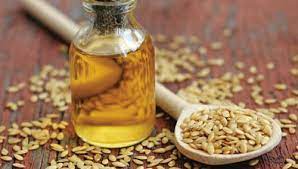
Camelina

Castor

Cassava
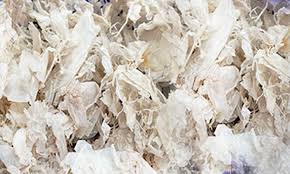
Chitin
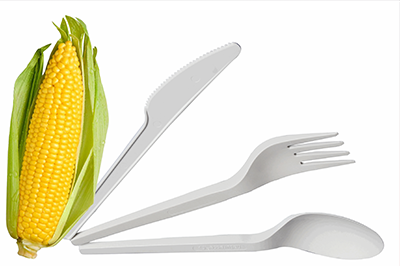
Corn

Crambe

Fish Scales

Hemp

Olive Pits

Parthenium

Potato Peels

SeaWeed
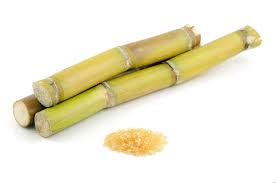
SugarCane
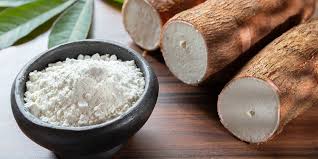
Tapioca
BioMaterials
Biobased Raw Materials, Terminology & Abbreviations :
Products, Additives, Resins to manufacture Plant-based, BioComposites, Bio-based, Compostable, Bio-Degradable Plastics generally referred to as BioPlastic products.
Chitin
Chitin (C8H13O5N)n (/ˈkaɪtɪn/ KY-tin) is a long-chain polymer of N-acetylglucosamine, an amide derivative of glucose. … The structure of chitin is comparable to cellulose, forming crystalline nanofibrils or whiskers. It is functionally comparable to the protein keratin.
The second most abundant polysaccharide in nature, it is a primary component of cell walls in fungi, the exoskeletons of arthropods such as crustaceans and insects, and the radulae, cephalopod beaks and gladii of molluscs
EVA : Ethylene Vinyl Acetate
FDCA : FuranDiCarboxylic Acid
Isosorbide
Isosorbide is a bicyclic chemical compound from the group of diols and the oxygen-containing heterocycles, containing two fused furan rings. The starting material for isosorbide is D-sorbitol, which is obtained by catalytic hydrogenation of D-glucose, which is in turn produced by hydrolysis of starch.
Isosorbide is discussed as a plant-based platform chemical from which biodegradable derivatives of various functionality can be obtained.
Polymers from Isosorbide
Isosorbide has a high thermal stability and is by now well available from renewable raw materials. This makes isosorbide of interest as a monomer for thermoplastic (bio)polymers such as polyesters and polycarbonates, as well as for thermosets such as polyurethanes or epoxy resins.[3] The hydroxy groups can be converted into the primary amino groups[3] via the tosylates and azides or by addition of acrylonitrile followed by hydrogenation into the corresponding aminopropyl derivatives.[23] The latter are used as starting materials for di-isocyanates – for the preparation of polyurethanes – as diamines for the preparation of polyamides or as a hardener for epoxy resins.
When monoethylene glycol as a diol is replaced with isosorbide in the polyester polyethylene terephthalate (PET), polyisosorbide terephthalate (PIT) is obtained, which is characterized by an extreme thermal stability (up to 360 °C under nitrogen). However, the inherently lower reactivity of the secondary hydroxyl groups in isosorbide cause in comparison lower molecular weights and high residual contents of terephthalic acid, which leads to the insufficient chemical stability of the resulting polymers. Therefore, today’s polyesters with isosorbide and monoethylene glycol are examined as diol components that show improved properties such as less discoloration.[24][25]
Isosorbide is of particular interest as a monomer for polycarbonates,[26][27] where it could replace the bisphenol A, which was identified as xenoestrogen. Limitations of isosorbide-based polycarbonates are their unsatisfactory temperature resistance and limited impact resistance, which can be improved though by the addition of comonomers to the isosorbide or by polymer blends.[28]
In polyurethanes, isosorbide itself can serve as a diol[29] [28] or as a building block for the polyol[30] [29] as well as for the diisocyanate component[31] or as a chain extender.[32]
By reacting isosorbide with epichlorohydrin, isosorbide bis-glycidyl ether[33] (a bis-epoxide) is formed, which can be used as a replacement for the analog bisphenol A bis-epoxide. Isosorbide bis-glycidyl ether can be crosslinked to a thermosetting epoxy resins with suitable curing agents, such as polyamines or cyclic acid anhydrides. These resins are used as adhesives, paints or coatings for food cans.[34] Furthermore, polyoxazolidones are described which can be obtained by reaction of isosorbide diglycidyl ethers with diisocyanates.[35] Polyoxazolidones could find use as rigid, highly branched and solvent-resistant thermoset plastics in the electrical and electronics industry.
Isosorbide is a versatile platform chemical derived from renewable resources that is now also available in industrial quantities of tens of thousands of tonnes/year. The use of isosorbide as a comonomer in PET as a bottle raw material[36] and as a substitute for bisphenol A, especially in thermosetting polycarbonates, is currently considered particularly promising.
PDO : Propanediol
1,3-Propanediol is the organic compound with the formula CH₂(CH₂OH)₂. This 3-carbon diol is a colorless viscous liquid that is miscible with water.
Formula: C3H8O2
Boiling point: 213 °C
Molar mass: 76.09 g/mol
Density: 1.06 g/cm³
Melting point: -27 °C
Solubility in water: Miscible
Appearance: Colourless liquid
PHB : Polyhydroxybutyrate
Polyhydroxybutyrate (PHB) is a polyhydroxyalkanoate (PHA), a polymer belonging to the polyesters class that are of interest as bio-derived and biodegradable plastics.[1] The poly-3-hydroxybutyrate (P3HB) form of PHB is probably the most common type of polyhydroxyalkanoate, but other polymers of this class are produced by a variety of organisms: these include poly-4-hydroxybutyrate (P4HB), polyhydroxyvalerate (PHV), polyhydroxyhexanoate (PHH), polyhydroxyoctanoate (PHO) and their copolymers.
P3HB : Poly-3-HydroxyButyrate
PHA : PolyHydroxyAlkanoates
PHBV : Poly(3-hydroxybutyrate-co-3-hydroxyvalerate)
Poly(3-hydroxybutyrate-co-3-hydroxyvalerate), commonly known as PHBV, is a polyhydroxyalkanoate-type polymer. It is biodegradable, nontoxic, biocompatible plastic produced naturally by bacteria and a good alternative for many non-biodegradable synthetic polymers. It is a thermoplastic linear aliphatic polyester.
PLA : PolyLactide Acid
PBAT : PolyButylene Adipate Terephthalate
PEF : PolyEthylene Furanoate
PPA : PolyPhthalAmide
TPE : Thermoplastic Elastomer
TPR : Thermoplastic Rubber
TPU : Bio-based TPU polymers and compounds